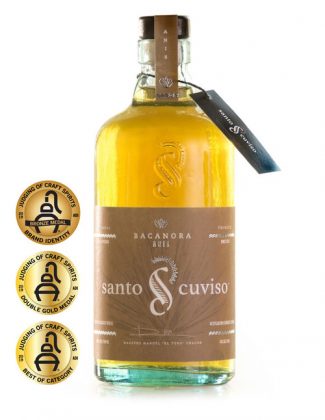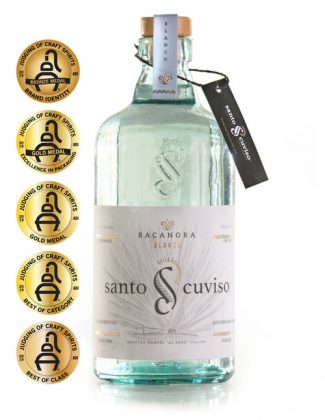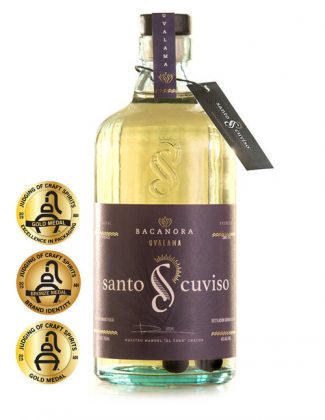With over 15 years writing about and judging spirits under my belt — not to mention traveling to dozens of distilleries and literally thousands of the world’s best bars — it’s easy to have “seen it all.” Drink is a never-ending world with complex, fascinating layers but at this stage, it’s rare to come across a new style of spirit.
Bacanora has been a love of mine for years, another of the great agave spirits of Mexico, native to the state of Sonora with a history going back over 300 years. Often produced from Agave Pacifica (aka Agave Yaquiana) plants, the agave pinas are roasted and cooked in underground pits, not unlike mezcal.
Then I came across flavored bacanora. When I was leading my panel at ADI’s last international craft spirits awards judging, we were handed a blind round of this “flavored” agave spirit, questioning if it was a marketing gimmick from some new brand. Marketing or not, we ended up awarding each a gold medal. This was damn excellent bacanora.
Post-awards, when we could see what bottles we had judged, I went straight to the bacanora and found it came from the same producer, Santo Cuviso (https://santocuviso.com/) (which translates to “holy bacanora.”) Going back three generations, the Chacón Family ranch, Rancho El Torreoncito, is where the distillery is located and dates all the way back to 1627. Until as recently as 1992, bacanora production in Sonora was illegal. Thankfully, bacanora became a protected name in 2000 and family production and craft stayed strong through those dark days for distilling.
Distilled from 100% Agave Angustifolia Haw piñas harvested in Sierra de Sonora, Santo Cuviso master bacanorero, Manuel “El Toro” Chacón, employs tradition in his flavoring of the bacanoras, whether with herbs like anise or with fruits. This is not unlike pechuga mezcal, that expensive and revered category of mezcal where wild fruits, spices, rice and raw meats are added to the still or dripped over the spirit for lush, integrated flavor.
These flavored bacanoras are subtle yet profound. The classic Santo Cuviso Bacanora Blanco is the “unflavored” version, exuding mesquite and oak smoke from baked Angustifolia Haw agaves with a dry, earthy, peppery yet clean finish.
Santo Cuviso Uvalama is a delicate kick of berries, slate, earth and mesquite smoke, Chacón and his brothers’ process is truly small batch, 100% organic and wild, bottled in hand-blown glass. Santo Cuviso Anis gives us whispers of anise and fennel, married with mesquite and encino firewood: an herbal smoky beauty.
Brought to the states by the ever-savvy Henry Preiss of Preiss Imports (http://www.preissimports.com/), we learn from Preiss and Chacón that such flavoring processes go back generations in Mexico as long-held traditions using meats, produce and herbs from family farms to flavor the bacanora. This happens to be the first of it we’re seeing in the US and outside of Mexico.
With striking bottling and elegant, balanced flavor profiles, it’s my new obsession. I suspect for spirits, agave and mezcal “geeks” who are lucky enough to get their hands on a bottle, it would easily become theirs, too.
Three flavored bacanoras to try from Santo Cuviso:
- • Santo Cuviso Anis: Double distilled in a copper still, the agave’s mesquite and encino firewood baking comes through, beautifully rounded out with herbal anise notes.
- • Santo Cuviso Bacanora Blanco: Subtle mesquite and oak smoke from baked Angustifolia Haw agaves are balanced by a dry, earthy, peppery yet clean finish.
- • Santo Cuviso Uvalama: Double distilled in a copper still, bright, fruity, berry notes are balanced by a hint of mint, smoke and earth.











